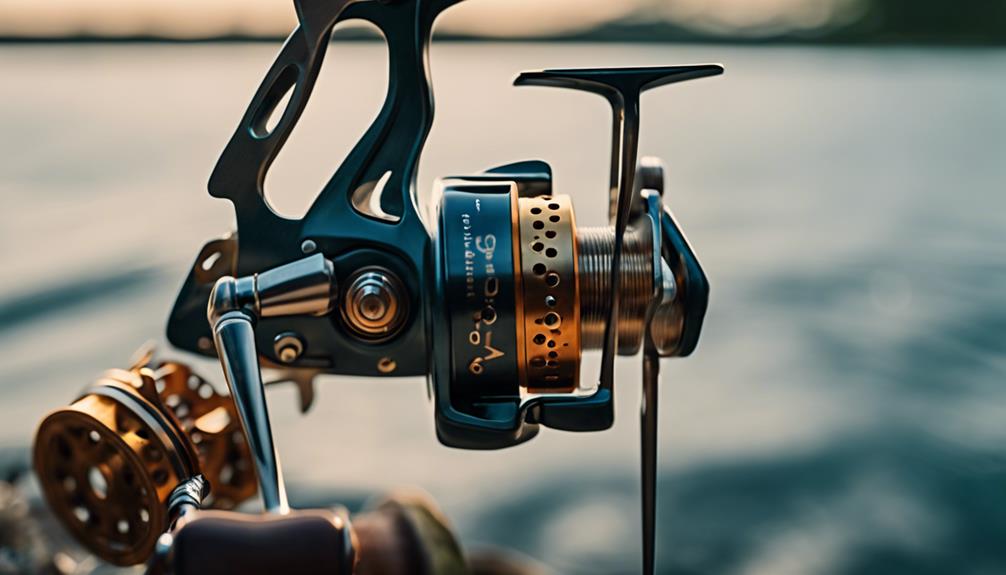What is Flying Fish Seafood? Discover the Unique Delicacy
Flying fish seafood refers to the fish that belong to the family Exocoetidae, known for their incredible ability to glide above the water’s surface. These fascinating creatures are primarily found in warm coastal waters around the world, particularly in the Caribbean and Pacific Oceans. Flying fish are not just a marvel of nature; they are also a sought-after delicacy in various cuisines. Their unique texture and flavor make them a versatile ingredient in many dishes, offering a taste of the sea that is both light and refreshing. Whether prepared grilled, fried, or as sushi, flying fish seafood is a culinary experience worth exploring.
The Nutritional Benefits of Flying Fish Seafood
When it comes to seafood, flying fish stands out not only for its taste but also for its impressive nutritional profile. These fish are low in calories yet rich in protein, making them an excellent choice for health-conscious individuals. A typical serving of flying fish seafood provides a wealth of essential nutrients, including omega-3 fatty acids, which are known for their heart health benefits. Additionally, they are a good source of vitamins B12 and D, as well as minerals like selenium and phosphorus. Incorporating flying fish into your diet can contribute to overall health, providing a delicious way to meet your nutritional needs.
Culinary Uses and Preparation Methods for Flying Fish Seafood
Flying fish seafood is incredibly versatile and can be prepared in various ways to suit different palates. One popular method includes grilling, which enhances the fish’s natural flavors and gives it a slightly smoky aroma. Marinating the fish in a mixture of citrus juices, garlic, and herbs can elevate its taste even further. Another delightful way to enjoy flying fish is by frying it, resulting in a crispy exterior and tender flesh. In some cultures, flying fish is also used in sushi rolls, providing a unique texture and flavor that pairs beautifully with rice and seaweed. No matter how you choose to prepare it, flying fish seafood promises a delicious and satisfying meal.
Where to Find Fresh Flying Fish Seafood
If you’re eager to try flying fish seafood, sourcing fresh ingredients is key to a delightful culinary experience. Many coastal regions, especially in the Caribbean and parts of Asia, have local markets where you can purchase freshly caught flying fish. Online seafood suppliers have also made it easier to find high-quality flying fish, often shipping directly to your doorstep. When selecting flying fish, look for firm, shiny skin and a fresh ocean scent. If possible, ask your fishmonger about the catch’s origin to ensure you’re getting sustainable seafood. Fresh flying fish can be the highlight of your next meal, whether it’s a casual family dinner or a special occasion.
Exploring Regional Dishes Featuring Flying Fish Seafood
Flying fish seafood is celebrated in various cultures, each incorporating the fish into traditional dishes that reflect local flavors and ingredients. In Barbados, for example, flying fish is often served with cou-cou, a dish made from cornmeal and okra. This pairing is so beloved that it has become the national dish of Barbados. In Japan, flying fish roe, known as “tobiko,” is used in sushi and sashimi, adding a delightful crunch and briny flavor to these dishes. These regional specialties not only highlight the versatility of flying fish but also showcase how different cultures have embraced this unique seafood.
The Environmental Impact of Flying Fish Seafood Harvesting
As with any seafood, the sustainability of flying fish seafood is an important consideration. While flying fish populations are currently stable, overfishing and habitat destruction pose threats to their ecosystems. Choosing sustainably sourced seafood is crucial to ensuring that future generations can enjoy flying fish. Many organizations provide guidelines and certifications for sustainable fishing practices, helping consumers make informed choices. By supporting responsible fisheries and local markets that prioritize sustainability, you can indulge in flying fish seafood while contributing to the health of our oceans.
Cooking Tips for Perfectly Preparing Flying Fish Seafood
To achieve the best results when cooking flying fish seafood, there are several tips to keep in mind. First, always start with fresh fish to ensure maximum flavor and texture. When preparing flying fish for grilling or frying, it’s essential to season the fish well, allowing the flavors to penetrate the flesh. Additionally, be mindful of cooking times; flying fish cooks quickly, so watch it closely to prevent drying out. For grilling, using a fish basket or foil can help maintain the fish’s shape and prevent it from falling apart. With these tips, you can elevate your flying fish dishes to restaurant-quality meals right in your kitchen.
Conclusion: Embrace the Delight of Flying Fish Seafood
In conclusion, flying fish seafood offers a unique and delightful culinary experience that is both nutritious and versatile. Whether you’re enjoying a traditional dish from the Caribbean, incorporating it into a sushi roll, or simply grilling it with fresh herbs, the possibilities are endless. As you embark on your flying fish culinary journey, remember to prioritize sustainability by sourcing your seafood responsibly. With its distinctive flavor, impressive nutritional benefits, and cultural significance, flying fish seafood is sure to become a favorite in your kitchen. So go ahead, explore, and savor the incredible world of flying fish seafood!
